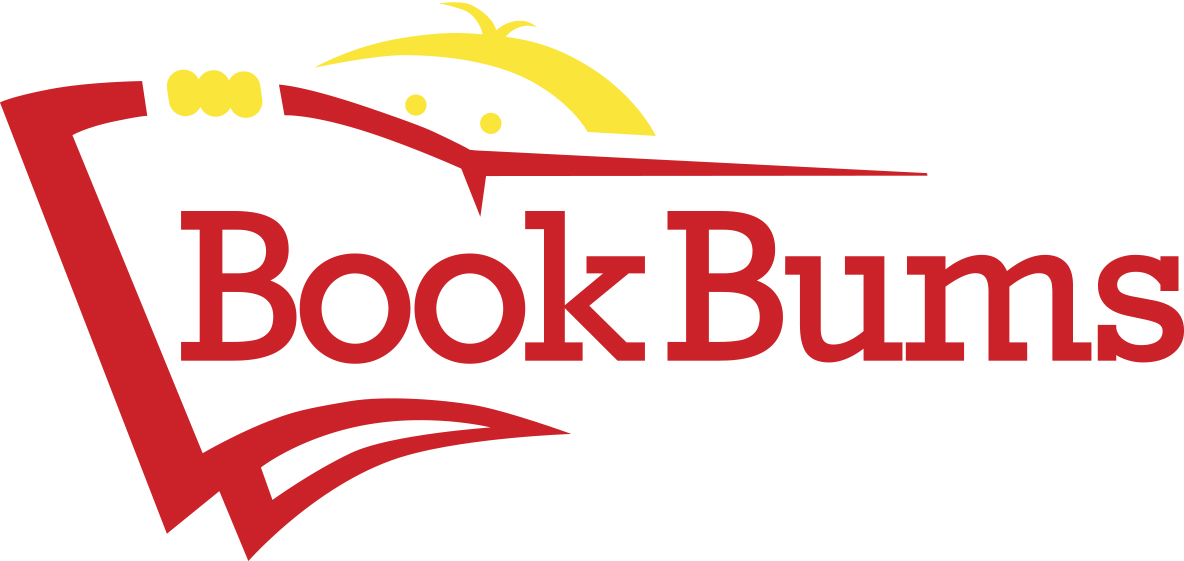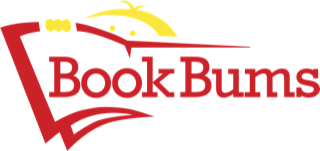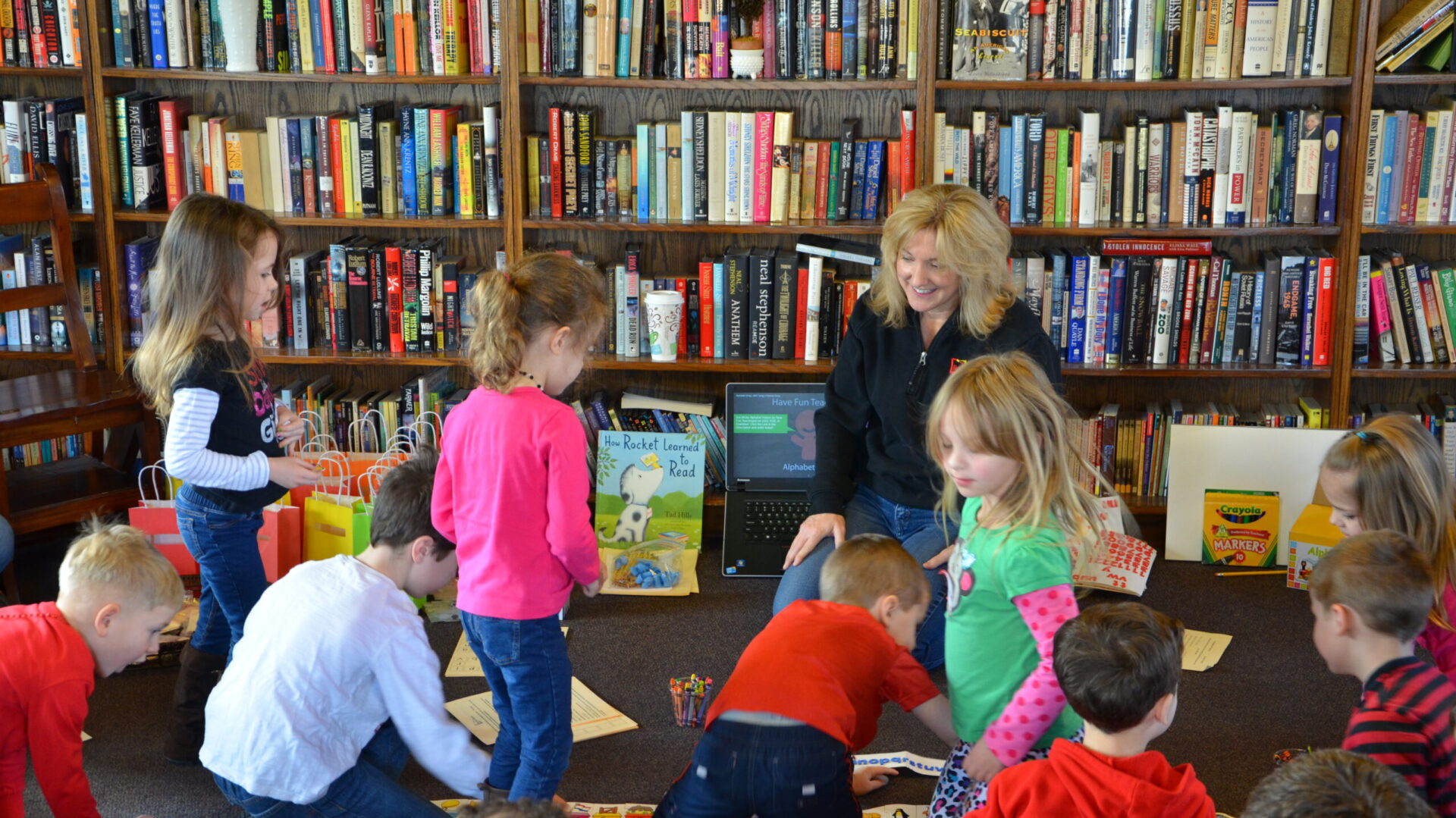
Hello Book Bums families!
The first day of winter is fast approaching, so our newsletter this week has some chilly, snowy, winter literacy ideas. Challenge yourself or your kids to see how many winter words you can think of. You can make it into a game by coming up with words that start with each of the letters in winter.
Bookbums.com is an Amazon Associate; We earn from qualifying purchases. This means that if you click on a link to Amazon.com and make a purchase, We may earn a small commission at no extra cost to you. We do recommend the products. Feel free to find them by other means.
Word of the Week
gelid (adjective/describing word) - icy, extremely cold
The gelid temperatures discouraged many skiers from enjoying the slopes .
Literary Calendar
• December 21st is Celebrate Short Fiction Day
• Since the Winter Solstice is the shortest day of the year it's a fun time to enjoy some short stories.
From our Bookshelves

This book is about 11 years old, but many friends and family members call it one of their favorites. It’s a perfect pick for snuggling under a warm blanket with a hot cup of tea on a well-deserved vacation day. Doesn’t that sound wonderful?
Take an unexpected journey into the truth of Anya’s life in war-torn Leningrad, more than five decades ago. Alternating between the past and present, Meredith and Nina will finally hear the singular, harrowing story of their mother’s life, and what they learn is a secret so terrible and terrifying that it will shake the very foundation of their family and change who they believe they are.
One reader called Winter Garden “an emotional page-turner, with an interesting mystery at its heart.”
Tips for Families
We’re always looking for the next great book, movie, song, or podcast, right? Try this idea when you gather with family and friends for the holiday.
Create a document that looks something like this:
Let’s share some of our favorites!
Name: ____________________________
Book: ____________________________
Movie: ____________________________
TV Series: ____________________________
Podcast: ____________________________
Your Jam: ____________________________
Slow Groove: ____________________________
I did this with my family over the Thanksgiving holiday, and now I’ve got lots of new favorites!
Promise to send an email to everyone with all the responses. What a great way to share media that you’re loving right now!
Tips for Readers and Writers
According to the National Reading Panel of 2000, there are five pillars of literacy acquisition. They are:
1. phonemic awareness (PA)
2. phonics
3. comprehension
4. vocabulary
5. fluency
I’ve placed these in this particular order, because our students must have an awareness of sounds to read and spell well. That’s phonemic awareness. When you say, “Sound it out,” you’re directing readers to the sounds within words. At Book Bums, we say, “Make the sounds you see.”
Letters and letter combinations can represent a variety of sounds, so kids need to learn the sounds associated with each. That’s phonics. There are 26 letters, 44 sounds, and 80+ ways to spell those sounds in the English language. All kids benefit when we teach, explicitly, the sounds produced for letters and letter combinations.
Comprehension is when we understand the messages conveyed by words—even a single word can yield comprehension. Initially, when a student decodes the word /c/-/a/-/t/, they’ll get an image of the word cat. That’s comprehension.
In order to comprehend, we must have a vocabulary that provides access to the meanings of the words we read. This is why it’s important for parents to read widely and to use the more sophisticated words with their children. When adults are talking with kids, we’re revealing what’s possible; so modeling proper grammar and a variety of words is the way to go.
Fluency is the rate at which one reads. Better fluency yields better comprehension. However, with early reading instruction, please do not promote fluency until kids are reading accurately. Reading faster but missing the words is not helpful and it promotes guessing—which we definitely do not want. Until kids have been equipped to read accurately, the only fluency focus should be in how quickly they can slide the sounds together to decode unknown words.
It is important that children receive explicit instruction in each of these five areas, but they don’t all have to happen simultaneously. In fact, they should occur in the order in which I’ve shared them above.
Of course, shining a light on skills that we’ll be addressing in the future is welcome. Noticing sounds in words (like we do with tongue twisters and rhyming books), building our children’s vocabularies, recognizing that the c-h in Christmas represents a different sound than the c-h in Cheerios, checking in to see if they’re understanding what we’re communicating, and even varied reading rates when sharing stories all begin at infancy. The issue is that students should not be held accountable for reading a particular number of words per minute when they’re not, yet, equipped to read the words on the page with accuracy.
We hope you’ll have time to share some treasured books with the children you love during this holiday season. And if your family is filled with older readers, like mine, may each of you find some time to enjoy that book you’ve been longing to read for quite some time now. The tree’s up. It’s cold outside. Snuggle in. You deserve it.
Reading gives us someplace to go, when we stay where we are.
-Mason Cooley
Practical Grammar

Practical Grammar
Which do you say? He did so good. He did so well.
A lot of folks get this one wrong. Do you?
I hear it most every day . . . “She did so good.”
Well, that’s not quite right.
Here’s why:
• The word good is an adjective which means good is used to describe a noun (a person, place, or thing). She’s a good player. The restaurant is good. She had a good day.
• The word well is an adverb which means well describes verb (an action word). (He performed well. She works well with her classmates.)
The tricky part is, when we’re describing one’s health, we DO use well as an adjective. I feel well doesn’t mean you’re good at feeling. It means you’re feeling healthy.
So, how about this scenario . . .
“How are you today?”
“Oh, I’m good.” Or is it, “Oh, I’m well,”?
Both can be correct!
'I’m good," means you’re describing yourself as good, which works.
“I’m well,” means you’re in good health, which also works.
Whew!
If you are good at this, you’re doing well!
If you know someone who would benefit from our newsletter or tutoring at Book Bums, please share this email with them! Thank you.
Copyright © 2024 Book Bums, All rights reserved
Our mailing address is:
7967 Cincinnati-Dayton Road Suite L
West Chester, OH 45069

